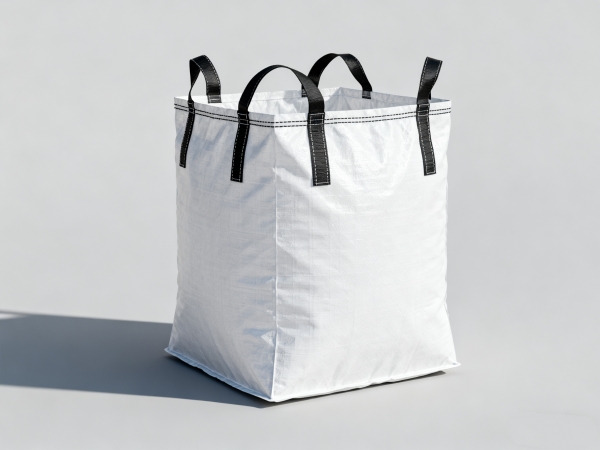When it comes to handling large volumes of powders, granules, or liquids, Flexible Intermediate Bulk Containers (FIBC bags) have become a staple across industries worldwide.
With years of experience in FIBC bag-making machines, I can confidently say that understanding the advantages of FIBC bags is essential for anyone seeking to optimize storage, transportation, and operational efficiency.

Space is money, and FIBC bags are masters at saving both. Unlike rigid containers, these bags can be stacked efficiently, minimizing the footprint in trucks and warehouses. Lightweight yet sturdy, they reduce fuel consumption during transport while allowing more material to fit in the same space. From my experience overseeing production lines, even a small improvement in bag design—achieved through precision bag-making machines—can significantly enhance load capacity and reduce shipping costs.
Handling bulk materials can be dangerous without the right packaging. FIBC bags, designed to carry hundreds or even thousands of kilograms safely, drastically reduce the risk of accidents. Their strong woven polypropylene construction prevents tearing, while integrated lifting loops make hoisting and moving heavy loads straightforward. On production floors, I’ve seen how consistent stitching and high-quality machine-made seams prevent sudden failures, ensuring both worker safety and product integrity.
Versatility is one of FIBC bags’ strongest points. In agriculture, they transport grains and fertilizers efficiently. Chemical manufacturers use them for powders and granules, while food producers rely on hygienically manufactured FIBCs for safe bulk handling. The right bag design, often dictated by specifications from high-precision bag making machines, ensures that each industry’s unique requirements—such as moisture resistance, anti-static properties, or food-grade compliance—are met without compromise.
Durability is non-negotiable for bulk handling. FIBC bags are built to last, resisting UV exposure, abrasion, and harsh storage conditions. From my years in the field, I can tell you that even small inconsistencies in manufacturing can weaken a bag. This is where advanced bag making machines shine: precise weaving, automated sewing, and consistent quality control create bags that reliably handle extreme loads over repeated uses.
The performance of an FIBC bag starts on the production floor. High-quality bags aren’t accidental—they result from carefully calibrated bag making machines. Automated systems ensure accurate stitching, uniform loops, and consistent bag dimensions, which are crucial for stacking, lifting, and overall safety. Investing in reliable bag making equipment doesn’t just improve production efficiency—it guarantees that every bag meets strict safety and durability standards, giving end-users confidence in bulk material handling.
FIBC bags offer unmatched benefits in cost savings, safety, versatility, and durability. For anyone serious about bulk material handling, understanding how advanced bag making machines contribute to these advantages is essential. With the right equipment and knowledge, FIBC bags can transform your operations, making them safer, more efficient, and sustainable.
ML-1300DD Aluminum Foil FIBC Bag Making Machine
|
Applicable Materials |
All heat sealing materials, including pure PE cylinder film |
|
Material size |
Film width: 1350mm; Roll diameter: 800mm |
|
Bag size |
The longest is 800mm per double; The maximum width is 1300mm |
|
Fuselage size |
40000mm*4890mm*2380mm |
|
Fuselage weight |
30t |
|
Bag-making speed |
4pcs/min |